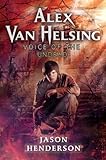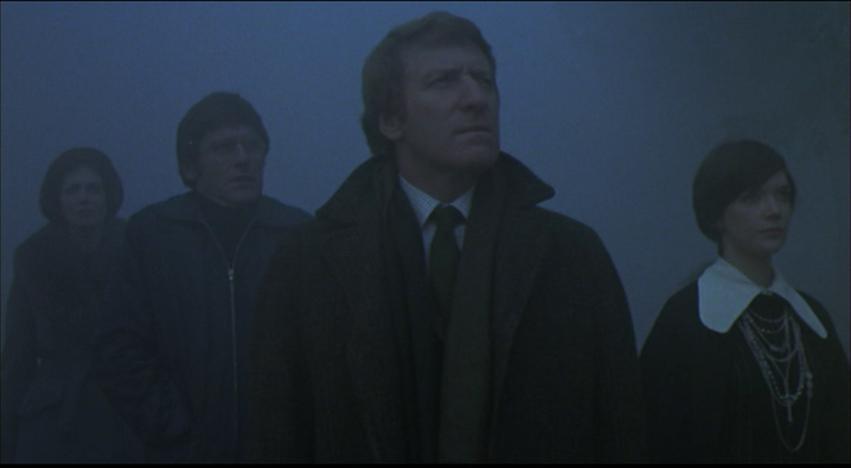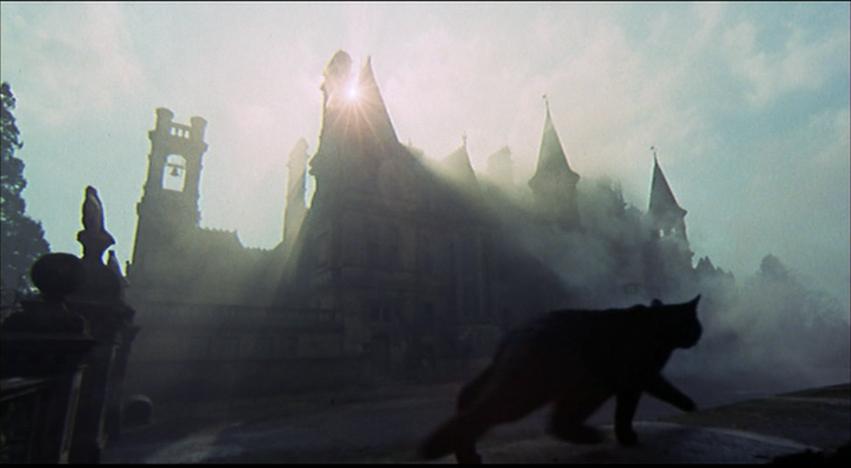I've actually puzzled over this question a lot recently, about why boys read less YA than girls. There are a whole jumble of reasons and it's easy to get wrapped around the axle. We could talk about:
- Boys read less to begin with as the school years wear on, for reasons having a lot to do with conformity
- The vicious circle wherein more books appealing to girls are published because that's where the market is-- see Mary Kole's amazing post on this. ("We filled our [boy book] slot," reports one publisher.)
- Covers, see above regarding appealing to girls
But there's something else I wanted to mention. At the same time we're having this discussion, we also had the amazing flap around WSJ writer Meghan Cox Gurdon's column on violence in YA. A nice summary of the flap is here from Ashley Perez.
I found myself curiously disconnected from this discussion. Generally I tended to think Gurdon's column was a polemic, a screed, in a business daily. She objected to violence in YA novels. The response, I would think, would be a few more screeds in argument. It's rhetoric. In fact, though, the YA community went absolutely bonkers over this column. They went bonkers, I think, because they felt it very personally. Here's a wonderful Laurie Halse Anderson response quoted in the Perez column:
They are afraid of their inability to talk to their kids about the scary, awful, real-world stuff that is out there. And they know, deep-down, that even if their own children are blessed with violence- and trauma-free childhoods and adolescences, their kids will daily come in contact with other kids who aren’t that lucky. So they know they·should be talking about this stuff, but they don’t know where to start. And when their kid starts reading books about subjects that make Mom and Dad uncomfortable, the reaction is to get rid of the book, instead of summoning the courage and faith to have conversations that make them uneasy.For me: Yes. Got it. Catharsis, growth, healing. Communication. Down with all that.
But.
You know something? That's not the kind of YA I write, and it's not the kind I would read. You know the kind I write? I write YA where a good guy named Alex Van Helsing constantly gets into and out of scrapes. He stands up for his friends and fights to survive in very James Bond-like adventures. Generally these are not books where we are exploring childhood trauma. These are books to escape your trauma.
And I think there has to be both kinds of books, and I'm going out on a limb when I say I think boys might be more inclined towards one than the other. I turned to heroic books as a boy to show me how to be confident and crafty (though I never had to steal a Wave Runner to break onto a yacht, like Alex Van Helsing does in Voice of the Undead. See what I did there? That is a plug.)
Ah! I hear you say. But we have those books! We have gross-out books for boys! Yes. There are lots of humorous gross-out books. But you know, man cannot live by fart jokes alone. There has to be a higher brow for boys available.
Recently I told someone, I just can't bear to read a book where two people do nothing but remember their past and wonder whether or not they should get a divorce. Now, if they do all that while trying to stop someone from blowing up the Smithsonian, I'm there.
All I'm saying is that I think the Gurdon flap and the why-don't-boys-read flap are related, though not in the obvious way. It's not that boys would agree with Gurdon and object to all the violence. I think it's the flap that's related-- in all the rending of garments and gnashing of teeth over Gurdon, everyone seemed to demand that YA confront us with the selves we are running from in order to survive.
That's a kind of introspection that boys might need in doses, but do not crave in hardback.














